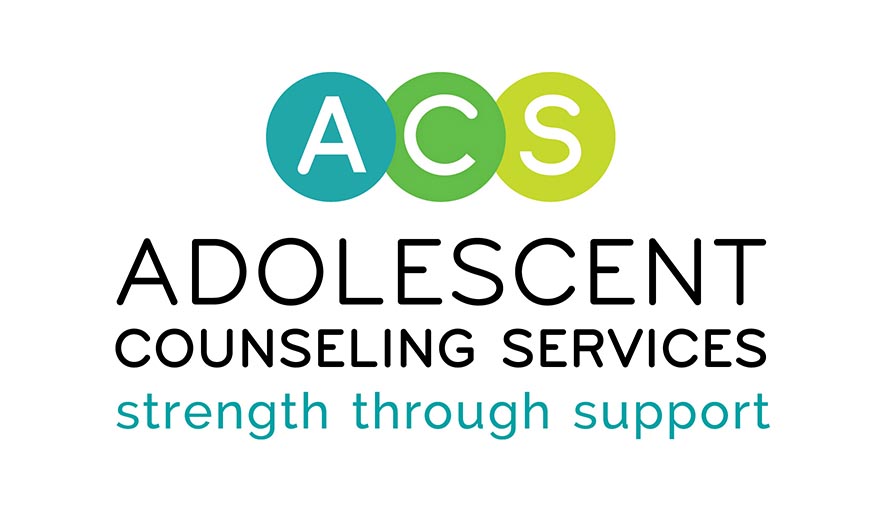
How to Recognize a Child in Crisis and Intervene Appropriately
Written By: Andrew Cecil, Clinical Trainee at ACS, Adolescent Substance Addiction Treatment Program
IT IS COMMONfor parents to feel concerned about their child’s well-being when they notice things like poor academic performance, substance use, and unhealthy relationships. However, few parents are as familiar with the behavioral signs of a crisis. A crisis refers to a time-limited event that overwhelms a person’s coping mechanisms. In other words, it is the first observable sign that a person is struggling with their mental well-being. This can occur days, weeks, months, or even years before one might notice any noticeable changes to academic performance or the onset of substance use. Therefore, parents, teachers, counselors, and interested stakeholders need to be familiar with changes in a child’s baseline behavior and keep an eye out for increased agitation, social isolation, or mood swings, as these are some of the more salient signs when an individual is in crisis.
It is important to emphasize the deviation from baseline in the child’s behavior. Just because a child is disruptive (which may be common for the child), does not mean that they are experiencing a crisis. However, a child who is never disruptive, but becomes disruptive, may be experiencing a crisis. Similarly, it is important to keep an eye out for behaviors that are disruptive (e.g., behaviors that interfere with the child’s environment), distressing (e.g. behaviors that cause concern for the child’s well being), dysregulated (e.g. behaviors that cause others to feel uncomfortable or scared around the child), or dangerous (e.g. behaviors that threaten the safety or well-being of the child or others).
Beyond recognizing the signs of crisis, it is equally important for stakeholders to understand how to appropriately intervene when a crisis occurs. Gupta and Wang (2022) offer a simplified approach to crisis intervention in the form of basic steps:
- Parents and teachers who are frequently interacting with the child should remember to first manage their own emotions, and model a calm, approachable, and understanding stance when approaching a child in crisis
- Second, it is important to manage the environment by reducing distractions, finding a private confidential space, and allowing the child to use the time and space to de-escalate the crisis
- Third, stakeholders should use non-verbal de-escalation techniques such as maintaining eye contact, mirroring the child’s expression, holding an open body posture, and using a calm tone of voice
- After the above mentioned steps have been taken, verbal de-escalation can take place in the form of open-ended simple questions, using empathy and active listening to focus on the child’s feelings. Perhaps most importantly, the stakeholder should offer no more than two simple options for action. This gives the child the autonomy to decide how they want to respond, and if successful, can reinforce their ability to alleviate future crises and strengthen their coping mechanisms.
___________________________
References
Wang, D., & Gupta, V. (2022). Crisis Intervention. In StatPearls. StatPearls Publishing.
